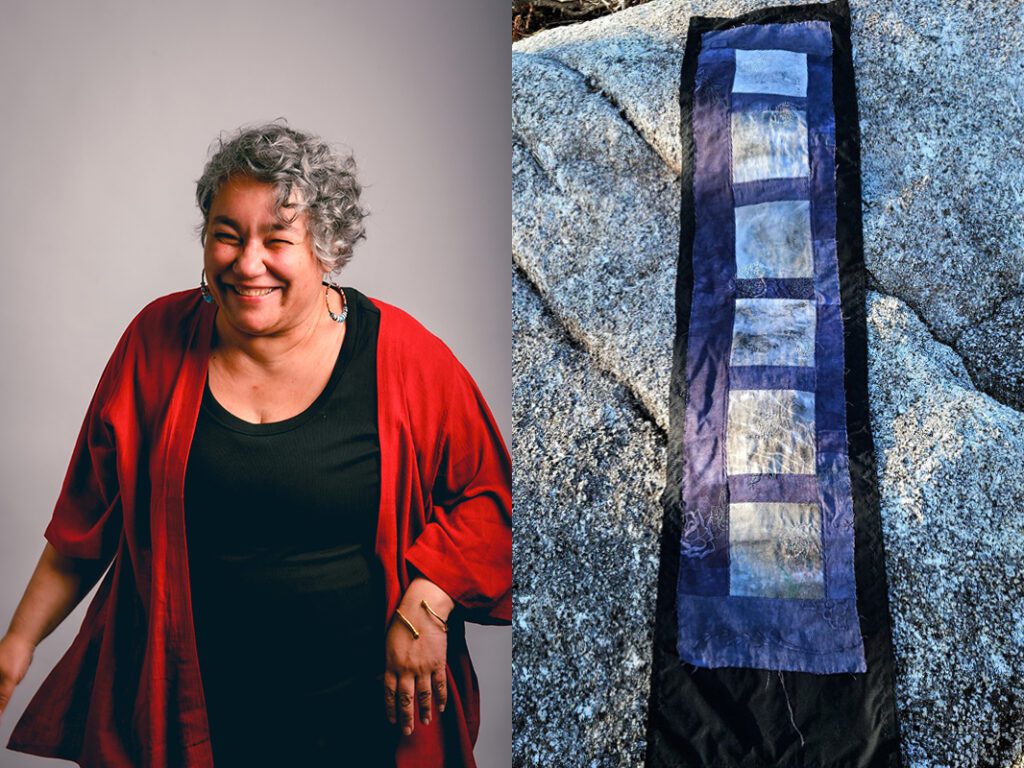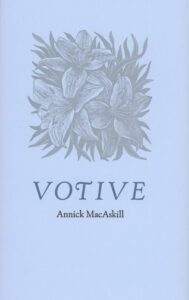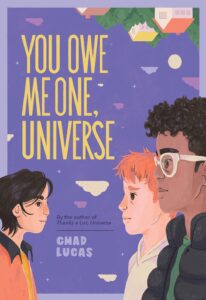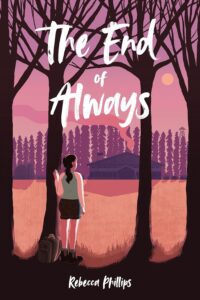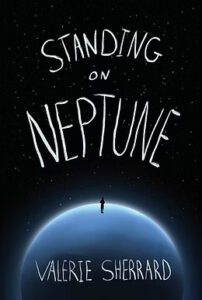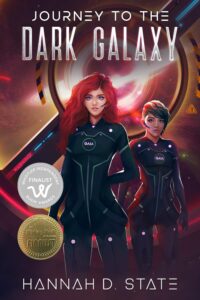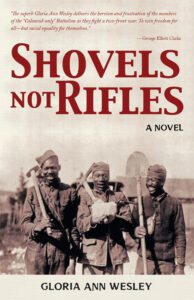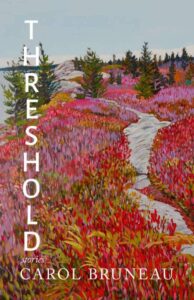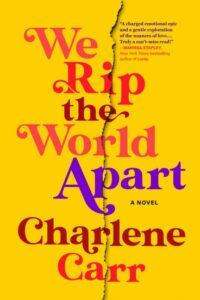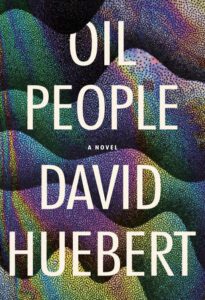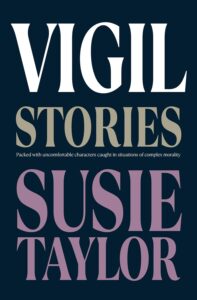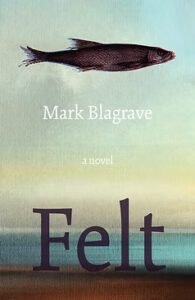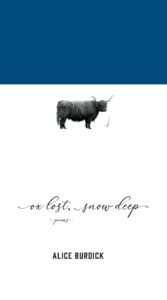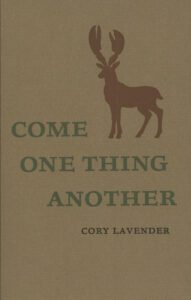Author Spotlight: Sonja Boon, 2025 Ellemeno Prize recipient
(Photo credits: Ritche Perez [left], Sonja Boon [right])
Recipient of the 2025 Ellemeno Visual Literature Prize, Sonja Boon is a mixed race writer, researcher, flutist, and teacher based in Kjipuktuk. Her memoir, What the Oceans Remember: Searching for Belonging and Home, appeared in 2019, and she has published nonfiction, poetry, and fiction in a range of journals, including Riddle Fence, Room, Geist, Pinhole Poetry, and Unlost, as well as in anthologies. She is passionate about life stories and the myriad ways these stories emerge: from traditional diaries, letters, and memoirs to archival ephemera. Her work attends to the relationship between text and textiles and to the ways that women’s lives have historically been stitched rather than written.
Below is Sonja’s winning textile work, At Sea (Casket Cloth and Mourning Shawl); her artist’s statement; and our interview with her.
At Sea (Casket Cloth and Mourning Shawl), 2024
Sonja Boon
Details: Casket cloth: 178 cm (L) x 106 cm (W). Hand-dyed, and mono-printed vintage linens with machine piecing and quilting. Mourning shawl: 156 cm (L) x 36 cm (W). Hand-stained and hand-dyed vintage linens and recycled fabric with hand and machine stitching.
Artist’s statement:
In 1886 and newly married to a sea captain, 23-year-old Alice Coalfleet started a diary, a transcription of which is held at the Dalhousie Archives. “Six Years of Fortitude and Tragedy” describes social activities at various ports around the globe, including visits with sea captains’ wives and dinners with local dignitaries. I found these recountings tiresome; they felt like name dropping of the worst kind—especially given Alice’s comments about Indigenous and other racialized folks, none of whom, bar one, are named. But through them, I reflected on the everydayness of colonialism and empire and how it was stitched into every interaction. The final two years of this very short diary are different: instead of the social whirlwind, Alice navigated the loss of six family members: three siblings, two grandparents, and her husband. How to reconcile the newlywed social butterfly with the grieving widow, sister, and granddaughter?
The quilted casket cloth presents Alice’s colonial social world through colourful strips of goutweed-printed vintage linens. But this rhizomatic tangle sinks into hand-dyed depths, submerged under the weight of loss. The black border, meanwhile, recalls similarly bordered death announcements.
The mourning shawl features “weather maps” created from hand-stained vintage linens, with six hand-stitched “hurricanes” to suggest emotional gales. Hand-dyed vintage linens in Victorian mourning colours—black and purple(ish-blue)—serve as borders. I maintained raw edges along both borders to evoke overlapping and ongoing waves of grief.
I didn’t intend to create two pieces in response to Alice’s diary, or to create something as large as a casket cloth (it just kept growing, seemingly of its own accord). I’m not remotely prone to superstition, but I wonder if in some curious way Alice had a hand in creating these pieces that mark both living and dying—and a very intense period in her life.
Interview with Sonja Boon
Dea Toivonen (WFNS Outreach & Social Coordinator): Your project, both the casket cloth and the mourning shawl, integrate a variety of slow crafting processes: quilting, hand stitching, dyeing, printing. What was your relationship to process, and did it feel important for you to filter your relationship to Alice’s diaries through a slow and multi-staged process? What did you gain from that pace?
Sonja Boon: This question made me smile because, usually, I’m a speed demon driven by outcome more than by process, but over the past year or so I’ve been really thinking a lot more about process and about time. That’s becoming even more the case as I’m currently working on a project that’s 99% hand-sewn (and that, like Alice’s casket cloth, has grown much larger than I anticipated).
I started Alice’s quilt with the fabric. I really wanted to work with vintage textiles because I wanted their softness and I wanted to ‘feel the hand.’ There’s a life energy in vintage and historic textiles.
In her doctoral thesis, art historian Vanessa Nicholas studied three nineteenth-century embroidered quilts created by settler women in Ontario and theorized that these three quilts might be seen as analogous to men’s landscape painting: they were gestures to assert colonial identity in this place now called Canada. She called these quilts, which include English floral designs, “invasive species” quilts that articulated a form of domestic colonialism, a way not just of situating oneself in a new geographic space but of claiming that space as a colonial space dominated by English values and systems.
This idea resonated very strongly with me. I wondered how I could bring the idea of “invasive species” to bear on my thinking through the lives of nineteenth-century settler Nova Scotian women. I happened to pick up a gel plate and then I went poking about in my backyard to see if I could find things to print. What did I find? Endless, endless, endless amounts of goutweed! And what is goutweed? The ultimate colonial invasive species: it was introduced in the nineteenth century, and like colonialism itself, it is a rhizome that sends its roots under the surface only to appear all over—and it’s virtually impossible to eradicate. (It’s currently taking over our front garden again….) Printing goutweed onto fabric seemed like an ideal way to make colonialism visible in material form, and it also aligned, in odd ways, with the ways that English textile printers appropriated South Asian prints and produced them inexpensively for the English market in the early nineteenth century. So, in terms of the making aspect, that was the kernel and the heart of everything. All other decisions flowed from the fact that I had found a way to create “invasive species” fabric.
I was also experimenting with other forms of staining and dyeing recycled fabric, and some of these experiments made their way into the casket cloth and mourning shawl as well—not because of the processes involved but because of the effects they produced. This, together with hand stitching hurricanes, made it possible for me to imagine a tactile and ‘whole body’ experience of grief—and to think of grief as a process always in movement, sometimes overwhelming, and never predictable.
In terms of my relationship with Alice’s diary: I feel like thinking with and through textiles brought me a bit closer to the world that she inhabited as a white middle-class settler woman from a seafaring family—even though my own background, apart from being a middle-class settler, is otherwise completely different. Sewing, decorating a home and making it comfortable, and managing social niceties would have been central to her life and essential to her social role. Feeling and working with fabric allowed me to connect with her life at a different level. And this did require me to slow down, which as a speed demon I found simultaneously frustrating and exhilarating.
DT: Was the process of cross-pollination between written material and crafting/physical art practice a new experience for you? What do you think is gained through this bridging between forms and practices?
SB: Over the past year, I’ve been part of an online community of research-based artists hosted by English textile artist Ruth Singer, and it’s been absolutely fantastic to think about how I can translate ideas from archival materials into textile form—and to be inspired by the projects others are working on. That relationship between “text” on the one hand and “textile” on the other has been very fruitful on so many levels, and it’s definitely broadened my creative palette.
While I was creating this work—and I’ve created other “invasive species” quilts as well (shout out to my Maritime Modern Quilt Guild friends, who have now heard endless stories about nineteenth-century diarists and goutweed printing!)—I was also writing found poetry. I drew on Alice’s diary and the diaries of other nineteenth-century settler Nova Scotian women to create lexicons that I used as a basis for my poems. Found poetry became another meeting ground between the diarists and me, and a way that I could respond to what I was reading. Again, my interest lay in the domestic life of colonialism. In fact, I have a chapbook of found poems, fair wind: as ships, coming out with Pinhole Poetry later this year.
I don’t think I can go back to just writing or just< stitching (or, given my background as a classical musician, just fluting). They’re all elements of a broader storytelling process, and each informs the other. Sometimes the stitchery is more dominant; sometimes the writing is more dominant. And sometimes they are in balance with one another. I kind of just love it all, honestly.
DT: How did you come across “Six Years of Fortitude and Tragedy,” the diary of Alice Coalfleet that your textile work is communing with, in the Dalhousie Archives? What was your first encounter with that work like?
SB: I first encountered Alice’s diary in 2022, a year before we moved to Halifax (but when we already knew that we’d be moving here). As someone who loves archives and diaries and women’s history, I felt that one way to start to learn about this new place I was going to call home (the sixth province I’ve lived in!) was to look for some early diaries. Alice Coalfleet’s diary was one of the first I dug into. And with a title like “Six Years of Fortitude and Tragedy,” who wouldn’t want to dive in? (I actually think it was titled by someone else because Alice herself is not at all melodramatic in her writing. Rather, she’s matter-of-fact and quite reserved, even in moments of intense grief, and it requires considerable re-reading to get to know her emotional states more intimately.)
The very first thing I noticed about the diary was that it starts in Vancouver, just a few weeks after the great fire of 1886. I used to work at the Vancouver Public Library, and one of the branches I worked at had a blown-up image of a really famous photograph taken just after the fire, so her words immediately transported me back to Vancouver. I could both see and smell the aftermath of the fire as she wrote about it.
I also noticed the extent of her travels: she went all over the world with her husband (and later, her son, too). And she clearly revelled in these journeys and in meeting so many people. She really was a social butterfly, and when she wasn’t allowed to disembark—for example, during one stop in South America, when there was a yellow fever outbreak on shore—she was disappointed.
That said, I found all the name dropping difficult because it became evident that, while she travelled all over, she travelled entirely within her colonial bubble. (This is, of course, not surprising, given the era and her social position!)
DT: While you express being struck by the tiresome nature of Alice’s recounting of her colonial expeditions, were there ways in which you related to her as a subject or found unexpected sympathy for her experience?
SB: There definitely were. I’m not a social butterfly because I’m much more of an introvert than she was. But, like Alice, I’m someone who revels in travel and in visiting new places. Like Alice, I’ve also crossed oceans and learned to make “home” wherever I happen to be. (Very unlike Alice, I did not give birth on board a ship with my husband as midwife!)
In terms of sympathy: I can’t even begin to imagine the depth of her grief at losing so many close family members in such quick succession or the delays in hearing about some of these losses: she didn’t hear about her husband’s death until a few months after the fact, for example. Her grief must have been completely overwhelming—and, in that sense, I don’t think the diary’s title, “Six Years of Fortitude and Tragedy” really does that emotional journey from newlywed social butterfly to grieving wife/sister/granddaughter justice. Perhaps no title could capture that.
DT: In your description of your project, you mention how your encounter with Alice’s diary prompted you to consider the “everydayness of colonialism” and the nature of her colonial social world. You represent that in your piece of the casket cloth with the colourful quilted centre of hand-dyed linen. How do you see your design choices symbolically making sense of or organizing that colonial reality?
SB: When I think of “everydayness,” I’m thinking of the fact that, for people like Alice (as for anyone today), colonialism and empire were in every breath they took: they were surrounded by colonialism and empire, so much so that they were just parts of their daily lives. This was how Alice would have seen the world and how she would have understood herself within it.
I chose a very conventional quilt pattern (a pinwheel inside a square with another border around it), and I used thrifted linens (sheets, napkins, tablecloths) as a basis. This allowed me to position the quilt within a very conventional, domestic space. But I also consciously adapted this conventional pattern in order to comment on and respond to its colonial framing. First of all, I used the goutweed printed fabric, in this way making the “invasive species” idea visible in the actual fabric I used. I also put the conventional pattern off-centre because I wanted to disrupt the idea of empire, where everything flows out from the “mother country.” Off-centre allowed for an “off-balance” framing. And then, to get at the specifics of Alice Coalfleet’s life, I “drowned” the pinwheel and its borders, sinking them under the weight of the ocean that claimed her brother, a sister, and her husband. I wanted the ocean to be powerful, to have an overwhelming force.
DT: Both of your textile works, Casket Cloth and Mourning Shawl, relate to grief, mourning, and death. Can you speak to the mourning and grief that these are processing? Do you see the grief as Alice’s, or is it a more complex and multifaceted grief?
SB: This is such a great question. I think the grief is multifaceted. I think there is a melancholia that pervades the project as a whole for me, and perhaps that started with the opening pages of Alice’s diary, when she’s writing about the aftermath of the Vancouver fire.
But I think there is also melancholy within Alice’s own life: her life was fundamentally shaped by the inherent uncertainties of life at sea. From childhood, she would have heard about lives lost at sea, both within her own family and beyond. That uncertainty must have been an undercurrent (no pun intended!) of her adult life as well, especially as she and her sister married ship captains.
That said, I also wanted to get at the complicated nature of grief. Grief is not just about loss; it is also about beauty. Within grief are also joy and love. Grief hurts because it’s founded on love. And like love, grief is an undoing of the self; it is an intense vulnerability.
I keep coming back to the words of Judith Butler, who writes (in Undoing Gender),
Let’s face it. We’re undone by each other. And if we’re not, we’re missing something. If this seems so clearly the case with grief, it is only because it was already the case with desire. One does not always stay intact. It may be that one wants to, or does, but it may also be that despite one’s best efforts, one is undone, in the face of the other, by the touch, by the scent, by the feel, by the prospect of the touch, by the memory of the feel.
I wanted something that could capture not only loss but also love, not only impossible longing but also beauty.
I hope that At Sea captured some of that.
Congratulations to the the three finalists for the 2025 Ellemeno Visual Literature Prize: Sonja Boon, Doretta Groenendyk, and Jamie Samson!
The Ellemeno Prize annually celebrates creative cross-pollination between the literary arts and the visual arts. The winning writer or artist receives a cash prize ($250) along with digital publication of their work and a featured interview on the Writers’ Federation of Nova Scotia website.
Learn about the finalist’s inspirations below.

Sonja Boon‘s textile pair At Sea (Casket Cloth and Mourning Shawl) responds to the diary of Alice Ann Coalfleet, “Six Years of Fortitude and Tragedy,” held in the Dalhousie University Archives. (The Avon River Heritage Centre excerpts Alice’s diary entries relevant to the ships Plymouth and Hamburg.)

Doretta Groenendyk‘s painting We Just Swim responds to Bonnie Tsui’s Why We Swim (Algoquin Books, 2021) and a musing by surfer and activist Dave Rastovich: “We forget our bodies as we know them and we just… swim.”

Jamie Samson‘s poetic sequence Still, Life. responds to three paintings—each, in Jamie’s words, “reflecting on a particular part of the working person’s day”: John Brack’s The Breakfast Table (1958); Salvador Dali’s Living Still Life (1956); Antoine Vollon’s Mound of Butter (1875-85).
Author Spotlight: Sonja Boon, 2025 Ellemeno Prize recipient Read More »

